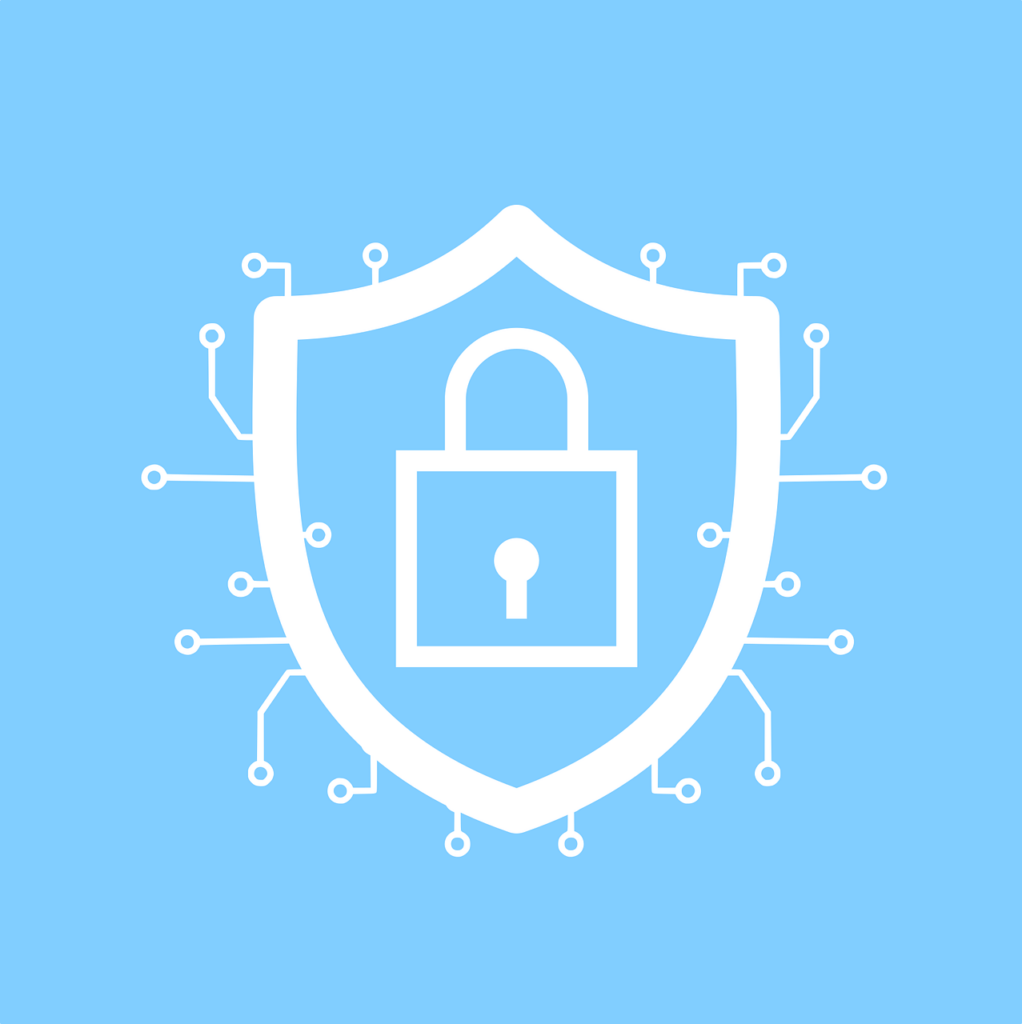Zero Trust security is rapidly transforming the cybersecurity landscape. It moves away from traditional perimeter-based security models. In this approach, every connection attempt is continuously verified before granting resource access.
56% of global organizations say adopting Zero Trust is a “Top” or “High” priority.
This approach offers significant security advantages. But the transition process presents several potential pitfalls. Running into these can harm a company’s cybersecurity efforts.
Below, we’ll explore these common roadblocks. We’ll also offer guidance on navigating a successful Zero Trust security adoption journey.
Remembering the Basics: What is Zero Trust Security?
Zero Trust throws out the old “castle and moat” security model. The one where everyone inside the network perimeter is trusted. Instead, it assumes everyone and everything is a potential threat. This is true even for users already inside the network. This may sound extreme, but it enforces a rigorous “verify first, access later” approach.
Here are the key pillars of Zero Trust:
- Least Privilege: Users only get access to the specific resources they need to do their jobs, no more.
- Continuous Verification: Authentication doesn’t happen once. It’s an ongoing process. Users and devices are constantly re-evaluated for access rights.
- Micro-Segmentation: IT divides the network into smaller segments. This limits the damage if a breach occurs.
Common Zero Trust Adoption Mistakes
Zero Trust isn’t a magic solution you can simply buy and deploy. Here are some missteps to avoid:
Treating Zero Trust as a Product, Not a Strategy
Some vendors might make Zero Trust sound like a product they can sell you. Don’t be fooled! It is a security philosophy that requires a cultural shift within your organization.
There are many approaches and tools used in a Zero Trust strategy. These include tools like multi-factor authentication (MFA) and advanced threat detection and response.
Focus Only on Technical Controls
Technology indeed plays a crucial role in Zero Trust. But its success hinges on people and processes too. Train your employees on the new security culture and update access control policies. The human element is an important one in any cybersecurity strategy.
Overcomplicating the Process
Don’t try to tackle everything at once. This can be overwhelming, and smaller companies may give up. Start with a pilot program focusing on critical areas. Then, gradually expand your Zero Trust deployment bit by bit.
Neglect User Experience
Zero Trust shouldn’t create excessive hurdles for legitimate users. Adopting controls like MFA can backfire if employees aren’t involved. Find the right balance between security and a smooth user experience. Use change management to help ease the transition process.
Skipping the Inventory
You can’t secure what you don’t know exists. Catalog all your devices, users, and applications before deploying Zero Trust. This helps identify potential access risks. It also provides a roadmap for prioritizing your efforts.
Forgetting Legacy Systems
Don’t leave older systems unprotected during your Zero Trust transition. Integrate them into your security framework or consider secure migration plans. Forgotten legacy systems can lead to data breaches that impact your entire network.
Ignoring Third-Party Access
Third-party vendors can be a security weak point. Clearly define access controls and check their activity within your network. Set time-limited access as appropriate.
Remember, Zero Trust is a Journey
Building a robust Zero Trust environment takes time and effort. Here’s how to stay on track:
- Set Realistic Goals: Don’t expect overnight success. Define achievable milestones and celebrate progress along the way.
- Embrace Continuous Monitoring: Security threats are constantly evolving. Continuously watch your Zero Trust system and adjust your strategies as needed.
- Invest in Employee Training: Empower your employees as active participants in your Zero Trust journey. Regular security awareness training is vital.
The Rewards of a Secure Future
Avoid these common mistakes and adopt a strategic approach. This will enable your business to leverage the big advantages of Zero Trust security. Here’s what you can expect:
- Enhanced Data Protection: Zero Trust minimizes the damage from a potential breach. It does this by limiting access to sensitive data.
- Improved User Experience: Streamlined access controls create a smoother experience for authorized users.
- Increased Compliance: Zero Trust aligns with many industry regulations and compliance standards.
Are you ready to take the first step with Zero Trust security? Equip yourself with knowledge, plan your approach, and avoid these common pitfalls. This will enable you to transform your security posture. As well as build a more resilient business in the face of evolving cyber threats.
Schedule a Zero Trust Cybersecurity Assessment
Zero Trust is quickly becoming a security expectation around the world. Our team of cybersecurity experts can help you get started deploying it successfully. Deploying it is a continuous journey towards a more secure future. We’re happy to be your trusted guides.
Contact us today to schedule a cybersecurity assessment to get started.
Article used with permission from The Technology Press.




